Decorated with eye-catching and exquisite processing, the dishes below have become a symbol of luck for the new year in the land of the rising sun.
Osechi
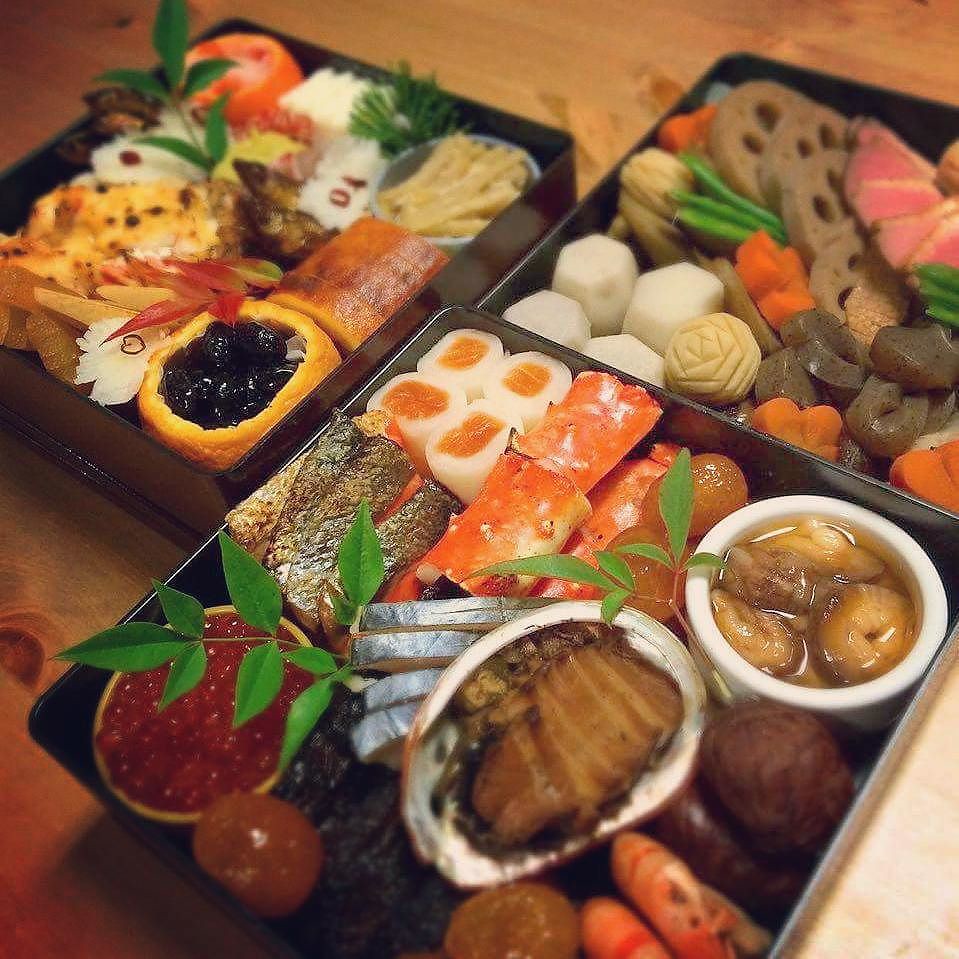
This dish is specially prepared by Japanese housewives from the days before Tet. In the new year, the Japanese restricted the use of firewood. Osechi will be prepared in sufficient quantities so that people can use it in the first three days of the year. Therefore, in these days, housewives will not be busy with culinary work.
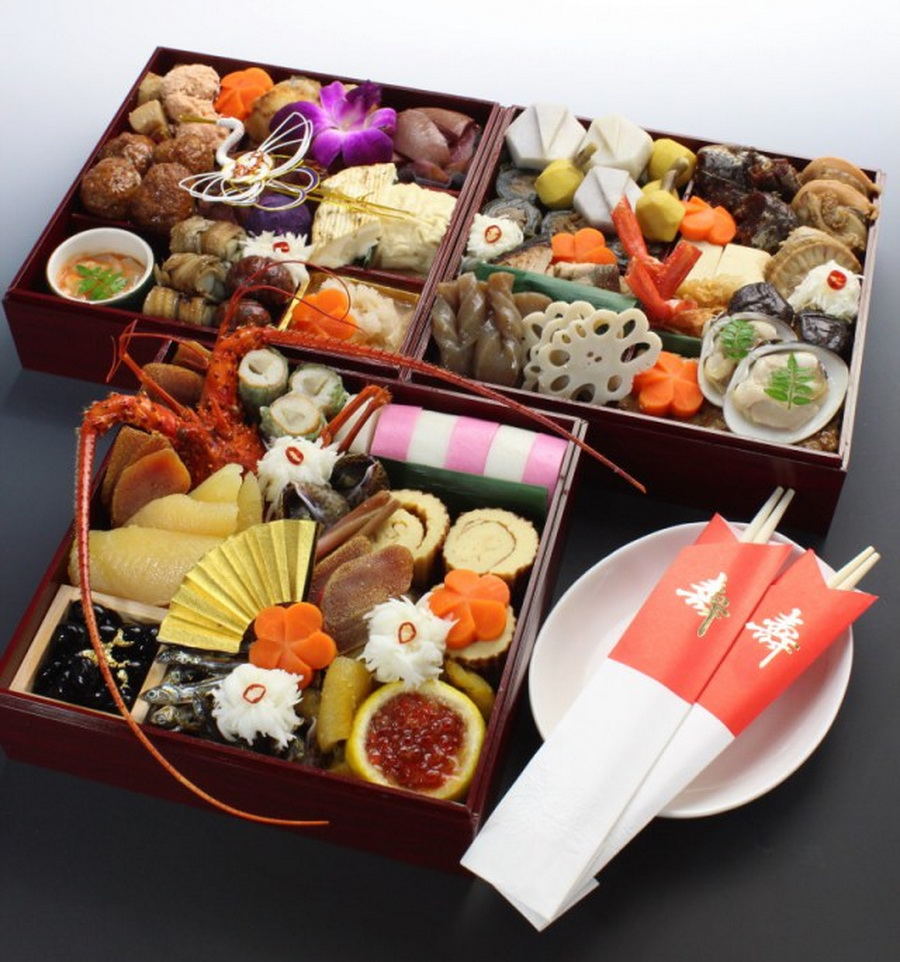
With a history dating back to the Heian period (794-1185), Osechi was originally used by Japanese people in the new year with the expectation of a bumper crop. Originally, the word “osechi” is read as “o-sechi”, meaning a special season or occasion. On this occasion, Japanese people will only cook nutritious dishes for family members. In the old days, Osechi only had nimono, vegetables boiled in soy sauce, sugar or mirin. Over time, the Japanese have added more ingredients, making this special dish more plentiful. Photo: Sirabee.
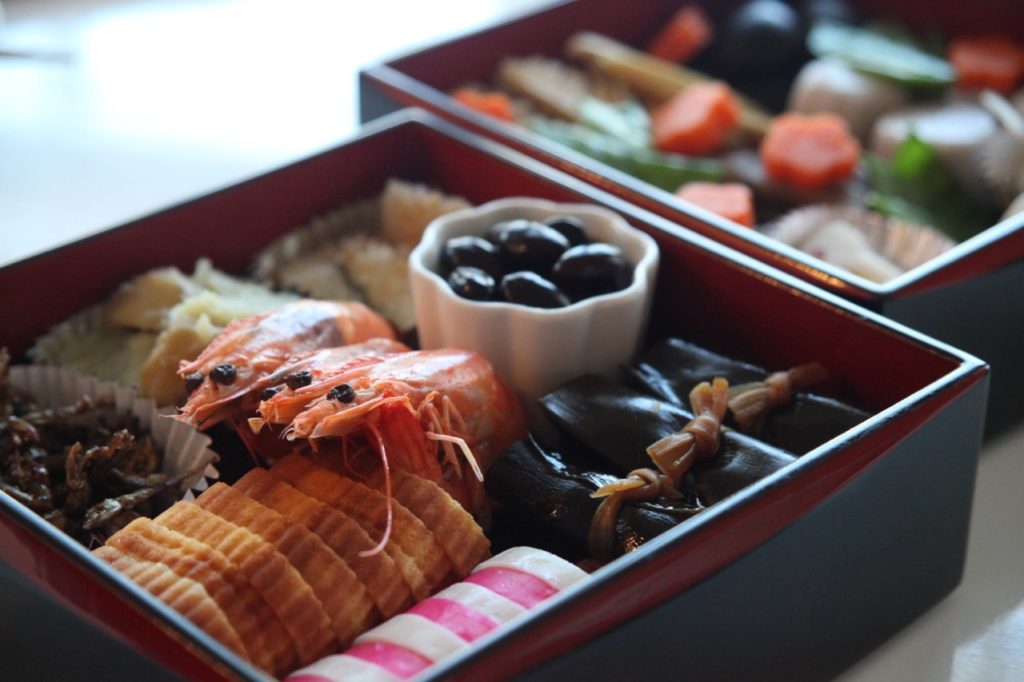
Osechi is made according to each person’s needs and has many different meanings. For example, Kazunoko, herring eggs, is meant to bless children because this fish often lays many eggs and has the ability to multiply well. Kobumaki, herring dish wrapped in kelp, means luck because the kelp read “konbu”, sounds like “yorokobu”, meaning happy. Besides, shrimp symbolizes longevity, lotus root is considered a lucky vegetable because it has many holes, easy to see through the future.
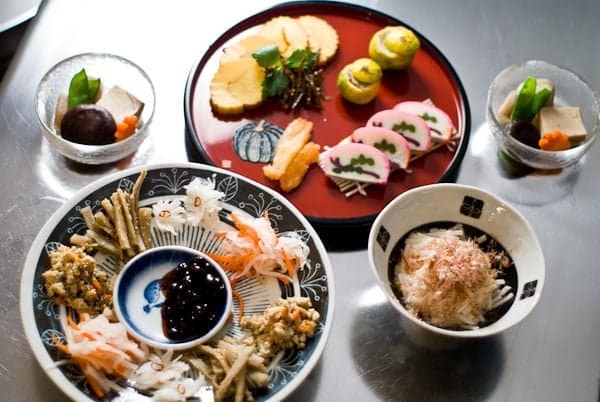
Despite thousands of years of history, Osechi retains its unique layout. The Osechi-arranged wooden box is called Jubako (the box has about 3-5 floors). Food in the box will be arranged according to the rules: The first floor consists of stewed, boiled and fish appetizers; The second floor consists of light or sour dishes and the last floor is the main dishes, stewed or stewed dishes.
Not only brings luck to the new year, Osechi is also a dish that shows the soul and Japanese essence. A box of food with enough sour, spicy, salty, sweet, mixed with colorful ingredients, highlighting the characteristics of each region across the country. The Japanese are not only highly aesthetic, but also sophisticated in each stage of cooking.
Kagami mochi
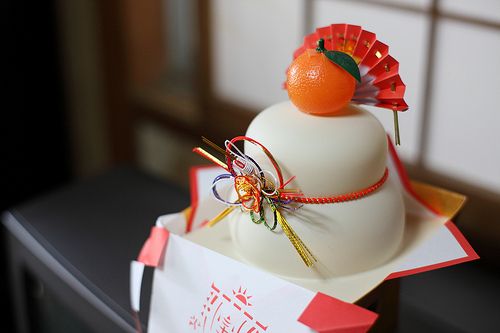
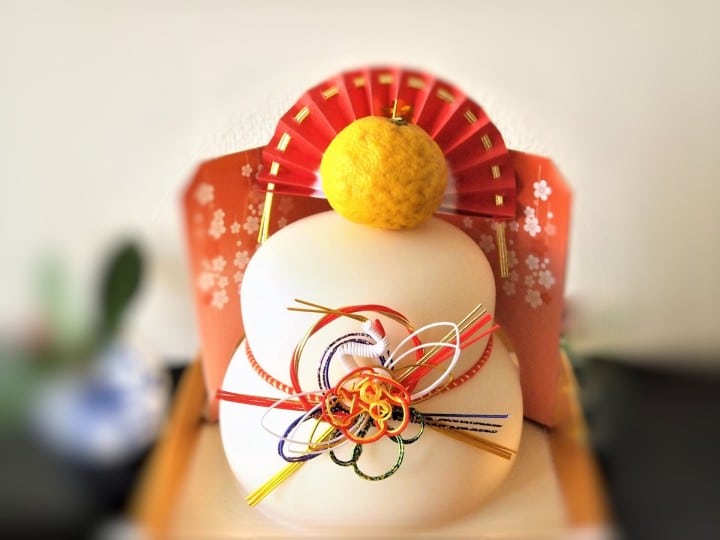
Made from rice harvested in the fall of the year, Kagami mocha is a Japanese food that is chosen for the first day of the year with the desire to have a bumper crop and a comfortable life. The origin of the name Kagami mocha comes from the Japanese put two soft white cakes on top of each other, on top of a small tangerine, looks like an old-style copper mirror. Besides, the word “Kagami” is actually “kagamiru”, meaning “to reflect”. On New Year, everyone will look back on the past one year that we have done and have not yet done.
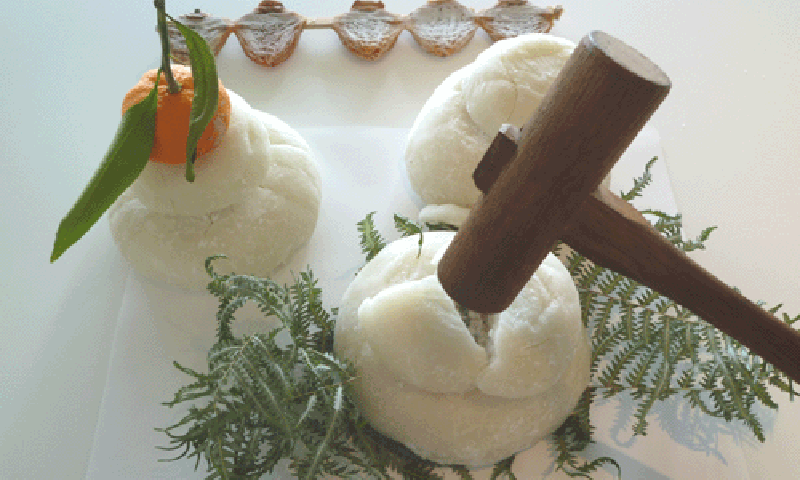
According to the Japanese concept, the circle is a symbol of fullness and fullness. Therefore, Kagami mochi is arranged by placing two round cakes on top of each other, symbolizing the joy of piling, luck and continuity. Not only that, this cake also shows the sincerity of the Japanese people to the gods, who have given them a prosperous and peaceful life.
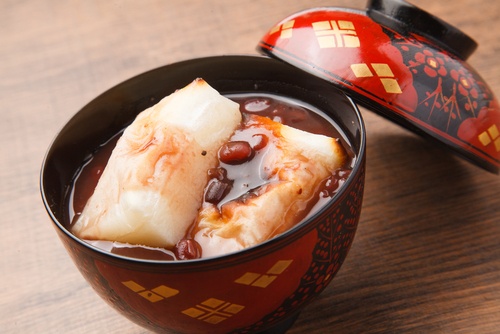
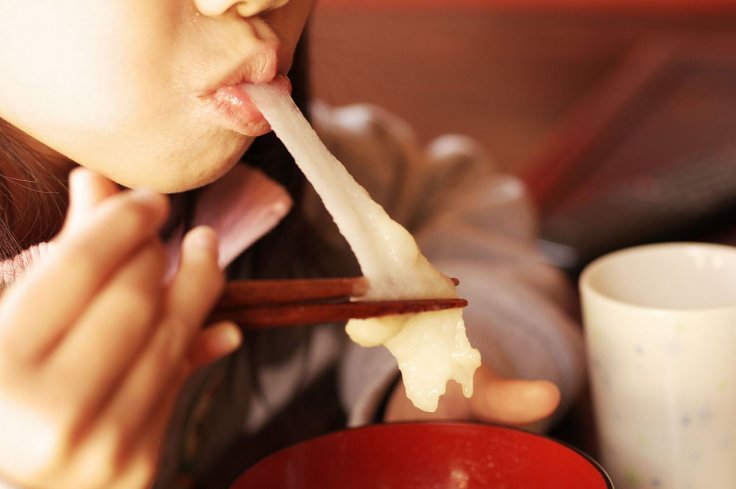
Normally, Japanese people will start decorating Kagami mochi on December 28. After that, this special cake will be displayed during Tet, until 11/1 (Kagami biraki), everyone will eat cake as a way to share luck and joy in the new year.
Toshikoshi Soba
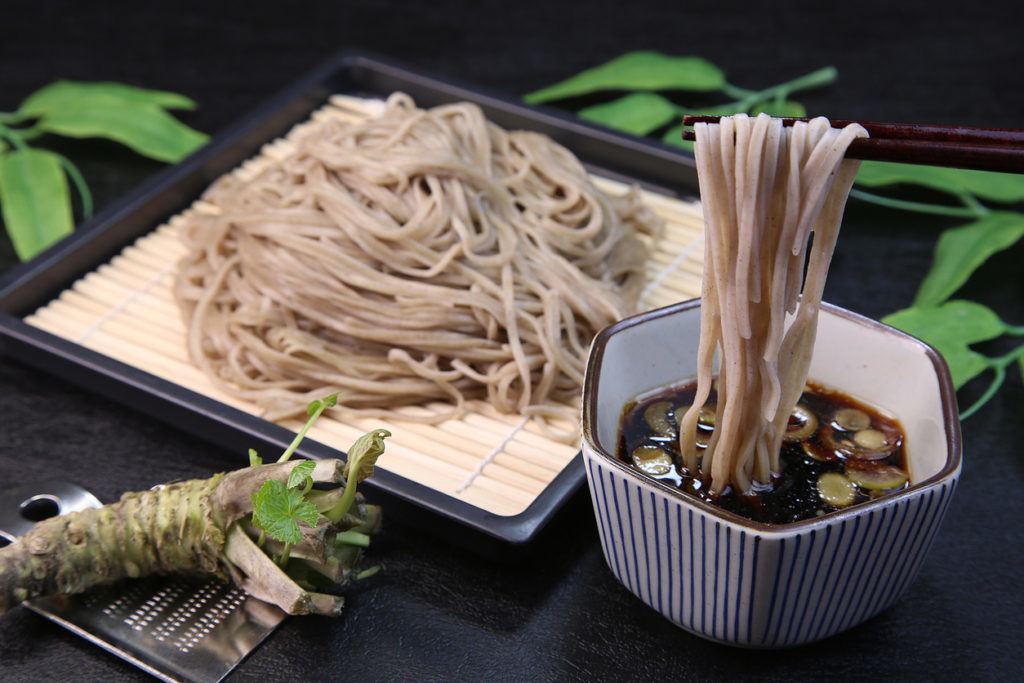
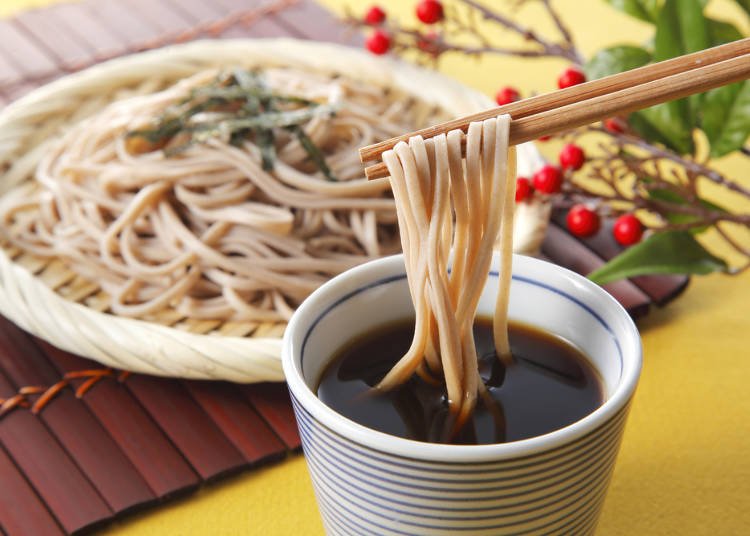
A special type of noodles that is also known by the other name is longevity noodles, used only once on New Year’s Eve. About 800 years ago, during the Kamaruka period, a temple gave soba noodles to the poor on New Year’s Eve. Since then, eating Toshikoshi Soba on New Year’s Eve has become a Japanese tradition, with a longing, fullness of desire in the new year.
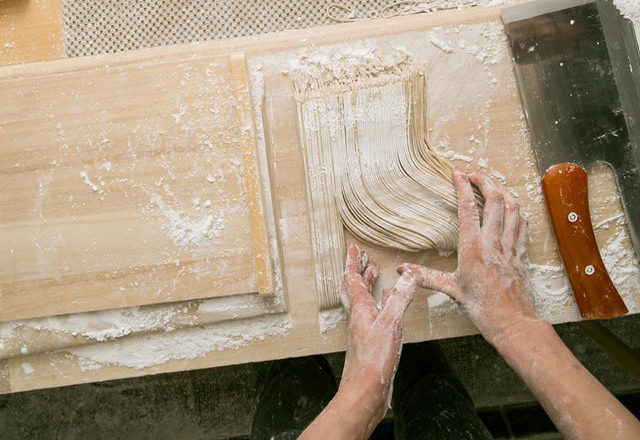
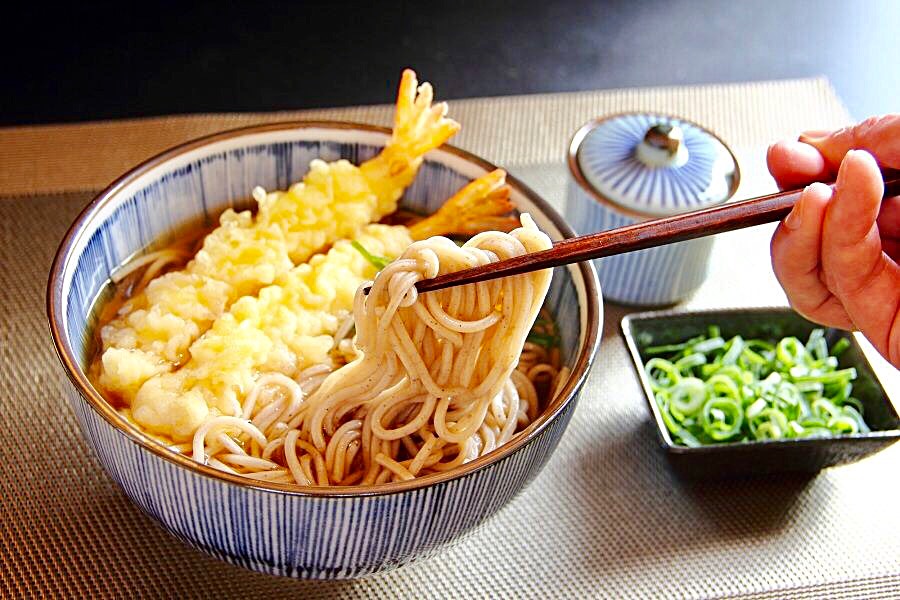
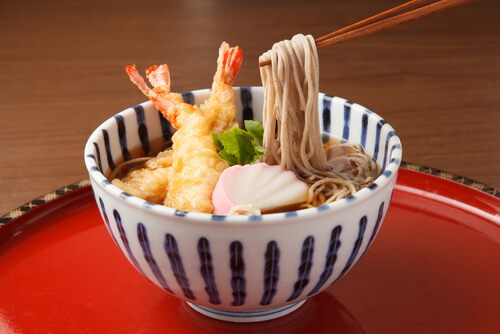
The types of topping found in soba noodles also have different meanings. The shape of the curved shrimp represents the elderly, with the desire to live a long, healthy life. Herring has a lot of eggs, with hopes of giving birth to a healthy female. Fried tofu, a dish that brings good luck for money. Boiled fish cakes are shaped like the sun rising on the horizon, bringing good omen for the new year.